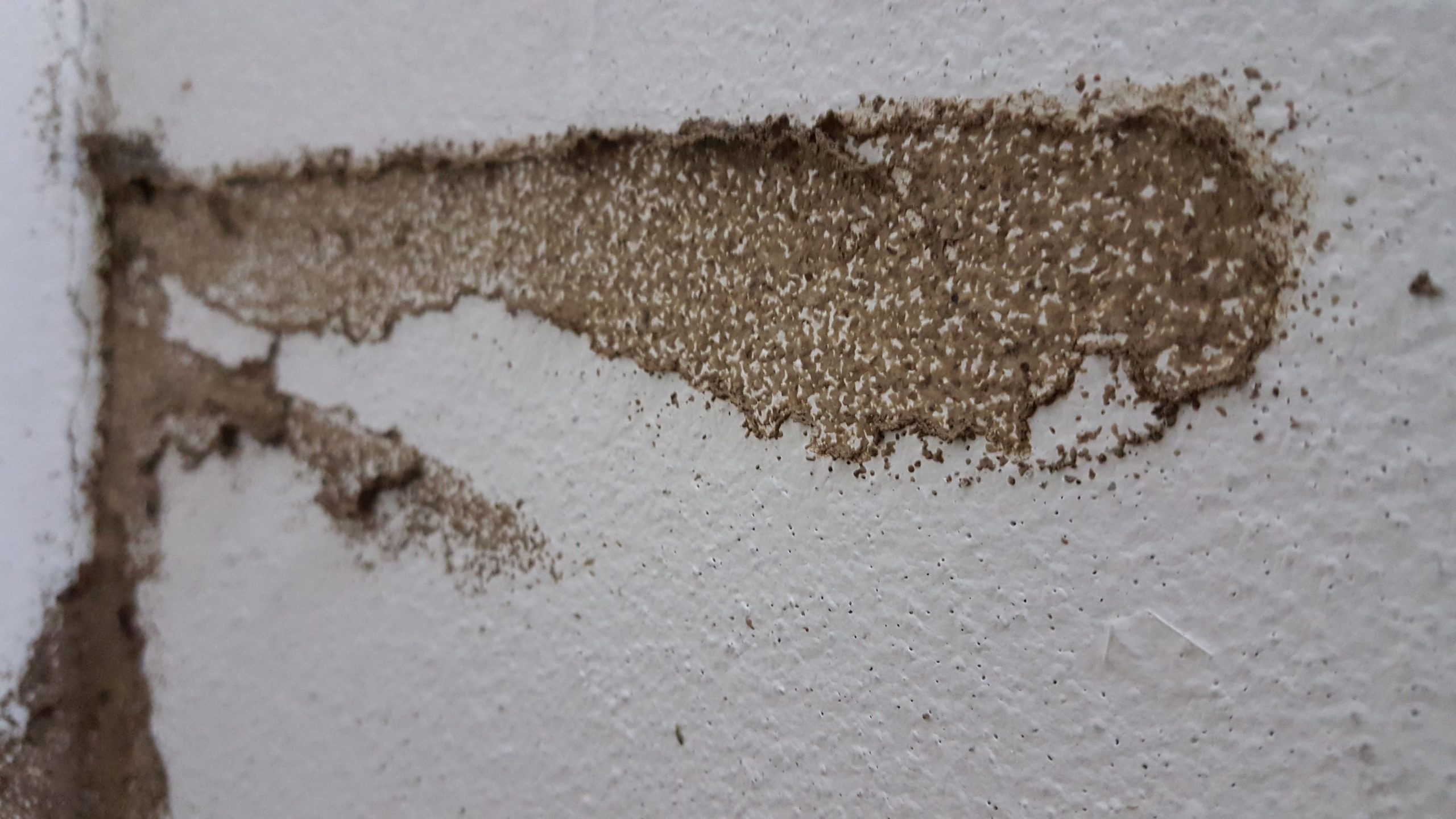Discovering termite exit holes in your ceiling can be alarming. In this comprehensive guide, we will delve into the intricacies of termite damage, specifically focusing on “Termite Exit Holes in Ceiling.” Learn how to identify, address, and prevent this silent threat to your home.

Understanding the Menace:
Termites are notorious for causing structural damage, and when they make their way to your ceiling, the consequences can be severe. Termite exit holes in the ceiling are indicative of an infestation that has progressed significantly. Let’s explore the reasons behind these exit holes and effective measures to combat the issue.
Termite Exit Holes in Ceiling: Signs and Identification
- Small Holes and Tunnels: Termite exit holes are typically small, about the size of a pinhead. They may be accompanied by intricate tunnels, indicating the termites’ passage through the wood.
- Frass Accumulation: Look for the presence of frass, which is a powdery substance resembling sawdust. Termites push this frass out of exit holes as they burrow through the wood.
- Weakened Wood: Tap on the affected wood. If it sounds hollow or papery, it could be an indication of termite damage. Termites consume the wood from the inside, leaving a weakened structure.
Causes of Termite Exit Holes in Ceiling
- Subterranean Termite Infestation: Subterranean termites often build mud tubes to access above-ground structures, including ceilings. Exit holes may appear as they exit the wood after causing damage.
- Drywood Termite Activity: Drywood termites, on the other hand, create exit holes directly in the wood as they expel frass and debris. These holes are usually more visible than the subtle tunnels left by subterranean termites.
Read too: Leaking Shower Into Ceiling Below
Addressing Termite Exit Holes: A Step-by-Step Guide
- Professional Inspection: At the first sign of termite exit holes, seek the services of a licensed pest control professional. They can conduct a thorough inspection to assess the extent of the infestation.
- Localized Treatment: Depending on the severity of the infestation, localized treatment methods may be employed. This could include injecting termiticides into affected areas or using targeted baiting systems.
- Repair and Restoration: After eliminating the termites, it’s crucial to repair and restore the damaged areas. Replace compromised wood, addressing any structural issues to prevent future infestations.
Preventive Measures to Safeguard Your Home
- Regular Inspections: Schedule routine termite inspections to detect early signs of infestation. Early intervention can prevent extensive damage and costly repairs.
- Moisture Control: Termites thrive in moist environments. Address any leaks or moisture issues promptly to make your home less attractive to these destructive pests.
- Wood Treatment: Consider treating susceptible wooden structures with termite-resistant chemicals. This proactive measure can act as a deterrent against termite infestations.
Conclusion: Safeguarding Your Home from Termite Exit Holes in the Ceiling
In conclusion, termite exit holes in the ceiling are a clear indication of a termite infestation that requires immediate attention. By understanding the signs, causes, and effective measures for addressing termite damage, homeowners can safeguard their homes from the destructive impact of these silent invaders. Remember, early detection and professional intervention are key to minimizing the damage and ensuring the long-term integrity of your home’s structure.
